My interest in continuing with the 'Re-Living the CCD Sensor' series saw me bidding for another Nikon DSLR camera recently. To this end, I ended up with a Nikon D80, an enthusiast-grade model between the entry-level D50 and the professional-grade D200. The camera is high on the accolade list for enthusiasts and is worth the look if you are interested in cameras with CCD sensors and if you use Nikkor AF lenses.
The Nikon D80, launched by Nikon in 2006, features a 10.2 MP DX format CCD (the same as used presumably in the Sony DSLR-A100), the metering sensor from the D50, an image processing engine similar to D200/D2X, a 420-pixel sensor 3D Color Matrix Metering II as found on the D50, an 11-area AF system (new version of Multi-CAM 1000) similar to D200.
The camera has an electronically controlled vertical-travel focal plane shutter with a shutter speed range from 30 to 1/4000 second, plus Bulb. ISO sensitivity is from 100 to 1,600 (up to ISO 3200 with boost). Metering options include 3D Color Matrix II, Center-Weighted, and Spot. Image storage is on SD/SD-HC cards.
The D80 also shares the same bright, sharp, and smooth, 170° wide viewing angle 2.5-inch 230,000 pixel LCD monitor as the D200 and D2X, with a use interface similar to the D200, with its high-resolution anti-aliased fonts and icons with increased gradients and color. An LCD control panel which provides a full range of information covering photographic and digital settings is on the top right of the camera.
Exposure modes on the D80 include Program AE, Manual, Aperture Priority, Shutter Priority, and Vari-program scene modes which include Auto, Portrait, Landscape, Close-up, Sports, Night landscape, and Night Portrait. Another cue taken from the Nikon D50 is the AF-A mode, which automatically switches from AF-S (single autofocus) to AF-C (continuous autofocus) if subject movement is detected.
The build quality of the D80 is excellent, as is what Nikon is known for. The control layout is very sensible and easy to learn, even if this is your first time using a Nikon DSLR. The D80 is comfortable in the hand and has a body weight of 585 grams without batteries. Power is sourced from an EN-EL3e Lithium-Ion battery pack, the MB-D80 battery pack with the optional vertical grip, or AC Adapter EH-5.
The professional-grade Nikon D200, the enthusiast-grade D80, and the entry-level D3000 were the final three models of Nikon digital SLR cameras that are fitted with CCD sensors. The D80 was replaced by the 12.9MP DX-format CMOS sensor Nikon D90 in 2008.
Lens Compatibility
The D80 is also fitted with the standard Nikon 'F' lens mount, complete with the AF screw drive mechanism, which means that you can use the camera with almost all F Mount Nikkor lenses including G- and D-type AF Nikkors. Missing from the D80 is the 'Non-CPU Lens Data' menu item for entering information about non-CPU lenses, and the aperture-indexing finger for full-aperture metering with older 'AI' lenses. When used with these old-school manual focus lenses, metering on the D80 is stop-down.
The D80 is mounted here with the AF Nikkor 50mm 1:1.8D, first introduced in 2002, as a replacement to the Nikkor 50mm 1:1.8, the normal lens for 35mm film format cameras. On a Nikon DX-format digital SLR, the 50mm lens, with a crop ratio of 1.54, is equivalent to a 75mm short telephoto lens on a 35mm full-frame camera.
Being an F-mount lens, the AF Nikkor 50mm 1:1.8D will mount as well as meter on all Nikon DSLRs. The lack of an internal autofocus motor means that this lens can only use manual focus on entry-level cameras such as the D40, D60, D3000, D5000, D3100, or D5100. The lens, a combination of low cost and high optical quality, is popular with many photographers.
Early Images
The Nikon D80 doesn't have a sensor-based image stabilization system either, presumably deemed redundant as there are more than a hundred Nikkor lenses that have optical image stabilization already built into the lenses.
Working with the inconveniences of not having the 'Non-CPU Lens Data' menu item, the aperture index finger on the lens mount, and sensor-based stabilization does not mean that the D80 falls short in any of its expectations.
The camera is an excellent model for the enthusiast market sector it was targeted to, more like a younger sibling to the professional workhorse Nikon D200, the other Nikon digital SLR camera fitted with a similar 10.2 MP CCD sensor, also launched in 2006.
The camera's startup is fast, the shutter lag low and the shot-to-shot cycle times are good. Text input is available with up to 36 characters of alphanumeric text stored in the EXIF header. Aside from supporting standard SD (up to 2 GB) cards, the D80 also supports SD-HC standard which provides for capacities of 4 GB and greater.
The D80 has an electronic-release pop-up flash that will either raise automatically (in Auto or one of the Scene modes depending on the flash mode) or manually by pressing the flash button. This button also doubles as the flash mode and flash compensation button.
External connectors, protected by rubber covers, are all located on the left side of the body, with a USB 2.0 socket at the top, and the DC-IN and A/V out connector below it. Lower on the side, under a separate cover, is the MC-DC1 remote cord connector.


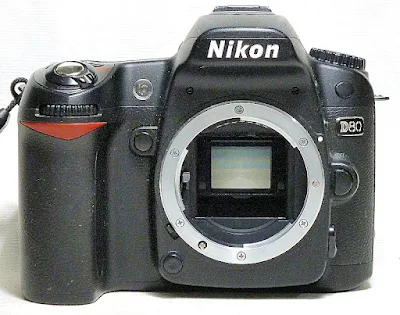
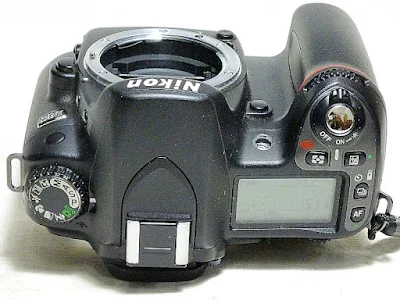
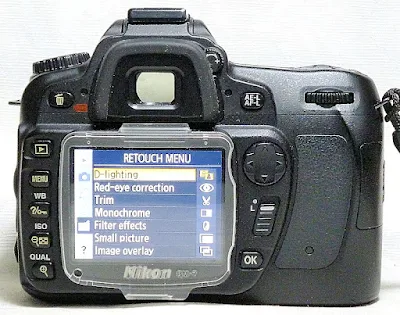
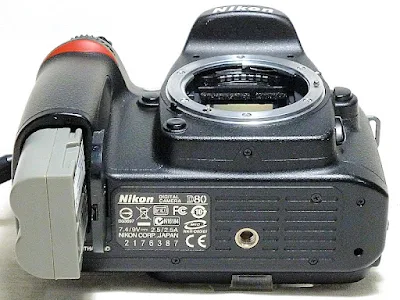



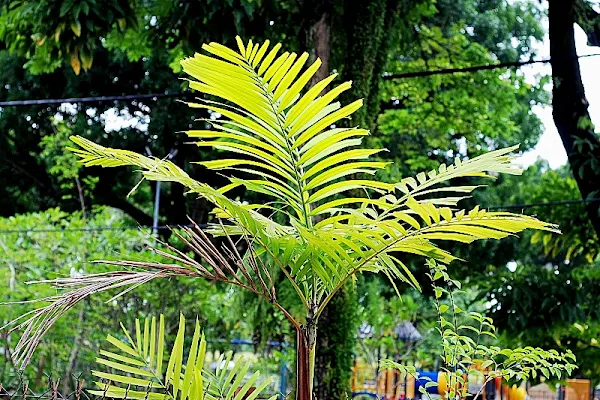



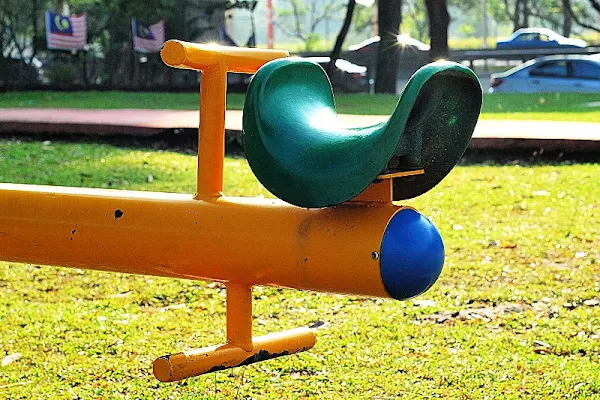

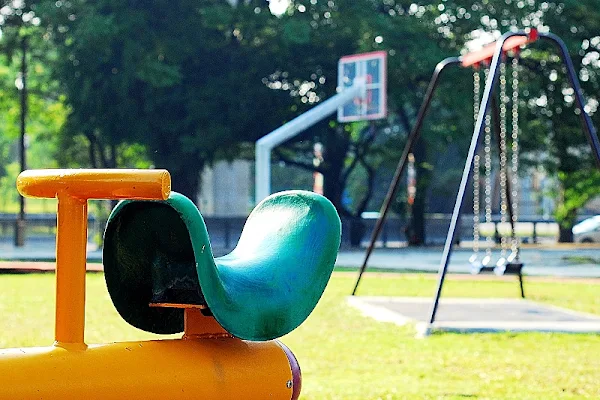















No comments:
Post a Comment